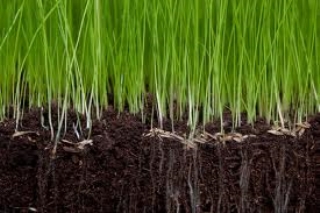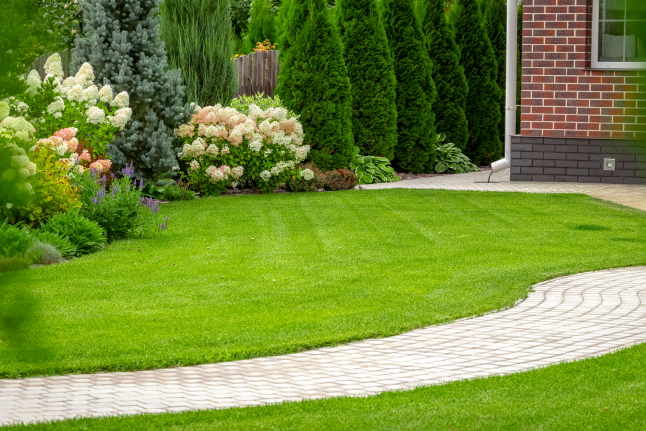Over Seeding Services


Over Seeding
Overseeding will improve the quality of your lawn increasing shade and drought tolerance whilst also improving your lawns resistance to diseases.
One of the main reasons to over seed is to repair the damaged areas of lawn and to make it look thick and healthy; this will also encourage a harder wearing grass which will withstand added traffic. Another important point is that over seeding will encourage finer grass giving you a more luxurious lawn. Overseeding your lawn can help to fill in damaged or thin areas, reduce the invasion of weeds and moss and also improve the colour and appearance of the lawn
How often does my lawn need over seeding?
For the best results over seeding needs to be done in early spring, later summer or early autumn and preferably after de-thatching, rolling and aeration as the warm weather and well ventilated soil encourages better seed germination. Another point to remember when over seeding is there must be growing time left before winter to give the seeds the best chance of surviving the cold weather. Dont be fooled by other cheaper priced companies out there that claim they can over-seed your lawn for under $100, THIS IS COMPLETELY FALSE. If you dont see at minimum the following pieces of equipment when they show up for the job, tell em to hit the road!
1) A power-rake to remove thatch
2) A core aerator to loosen compacted soils
3) Either a SLIT SEEDER or High quality Broadcast spreader for seed application.
4) A separate spreader for the STARTER fertilizer.
A Correct Over-seeding procedure is performed in several steps and cost vary greatly depending on the specific case. Over-seeding IS NOT
performed strictly with a broadcast or drop spreader.
Now for Turf Care’s Method
1) The area must be inspected for grubs, chinch bugs, crabgrass and weeds. If these are found in the lawn, then a chemical application schedule or pre-emmergent schedule must be devised for the following year in writing and approved before a seeding will take place. A fertilizer program is also an excellent idea for the newly seeded lawn.
2) The soil must be inspected for compaction and quality. In some cases it is necessary to add a large amount of new soil to complete a successful seeding. The current thatch level must also be assessed.
3) The sunlight levels must be considered in all areas of the site to determine the correct seed mixture.
4) Finally, it must be assessed whether or not the lot is irrigated or the owner plans to water. If none of these two conditions can be met, a seeding will not be approved
If all of these conditions have been considered, we can proceed with the over-seeding procedure.